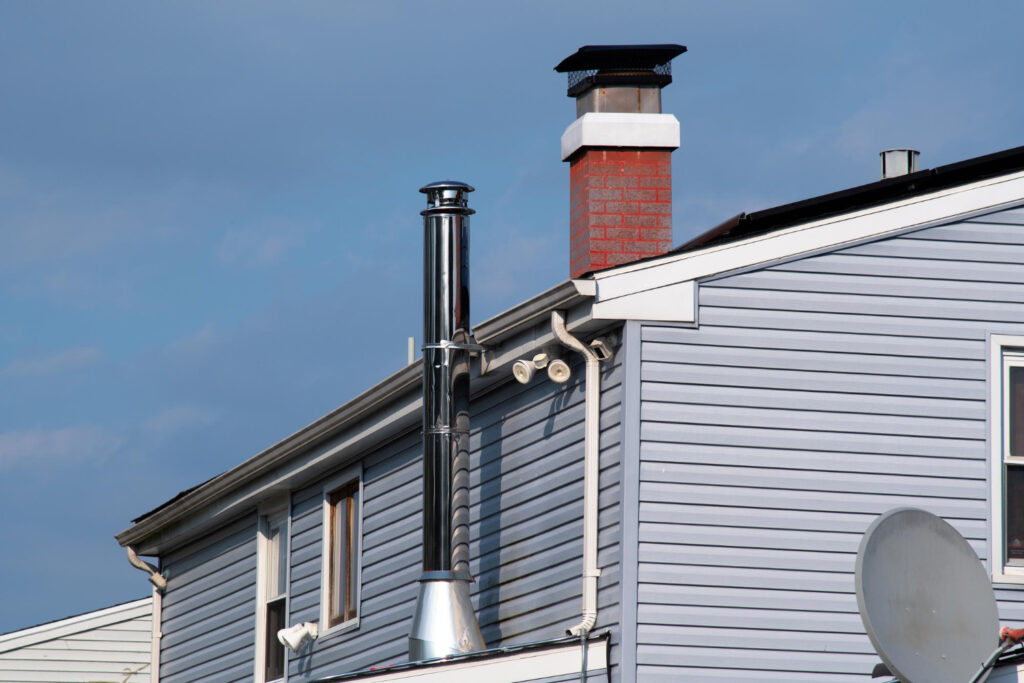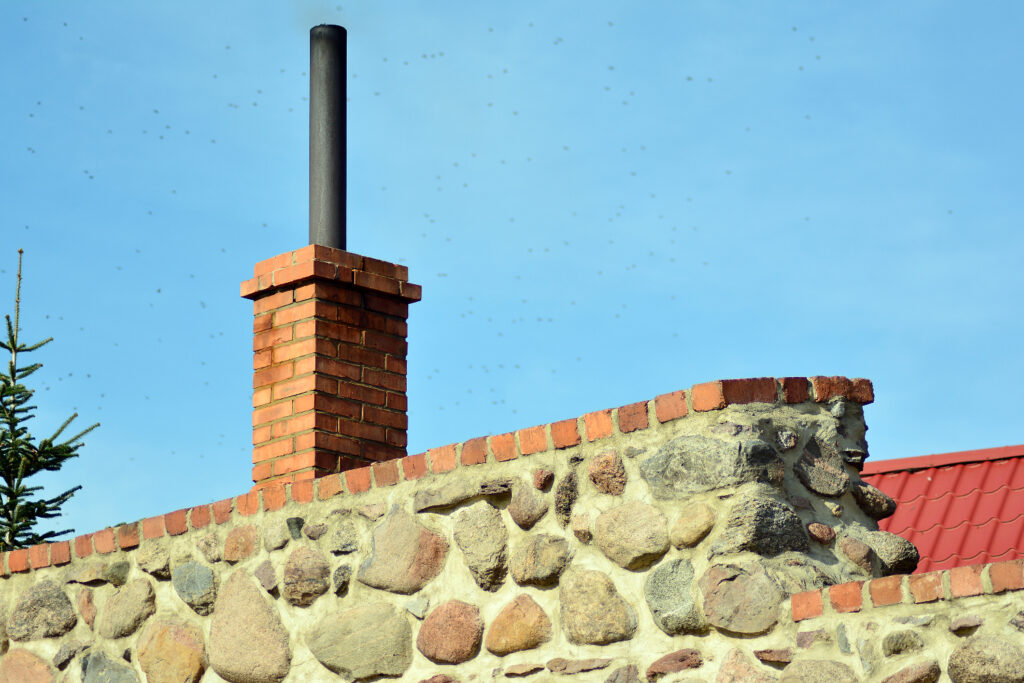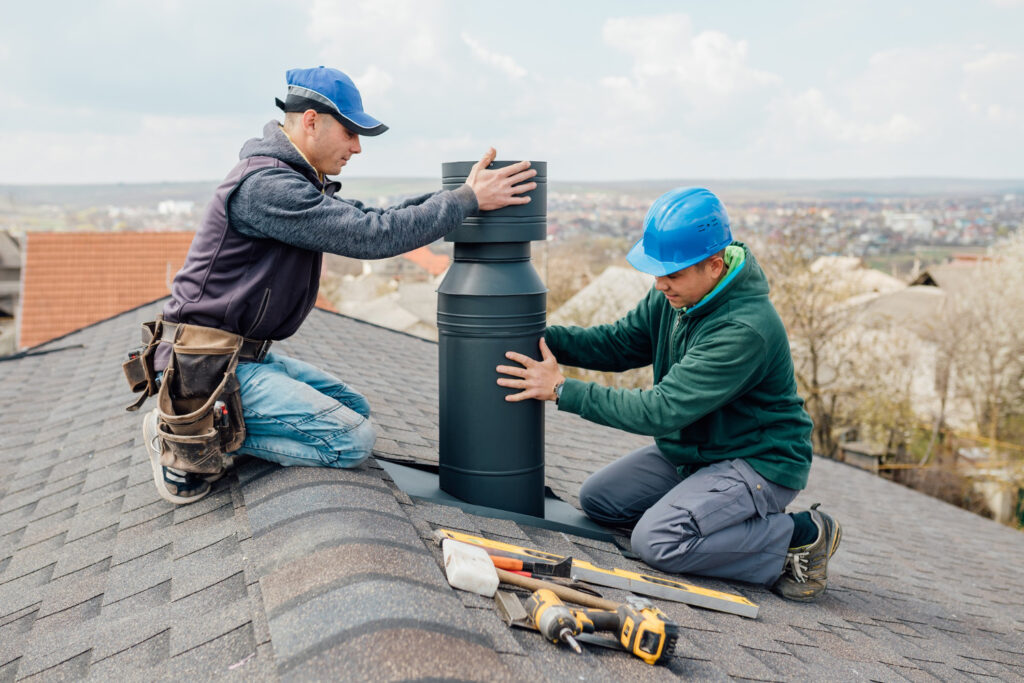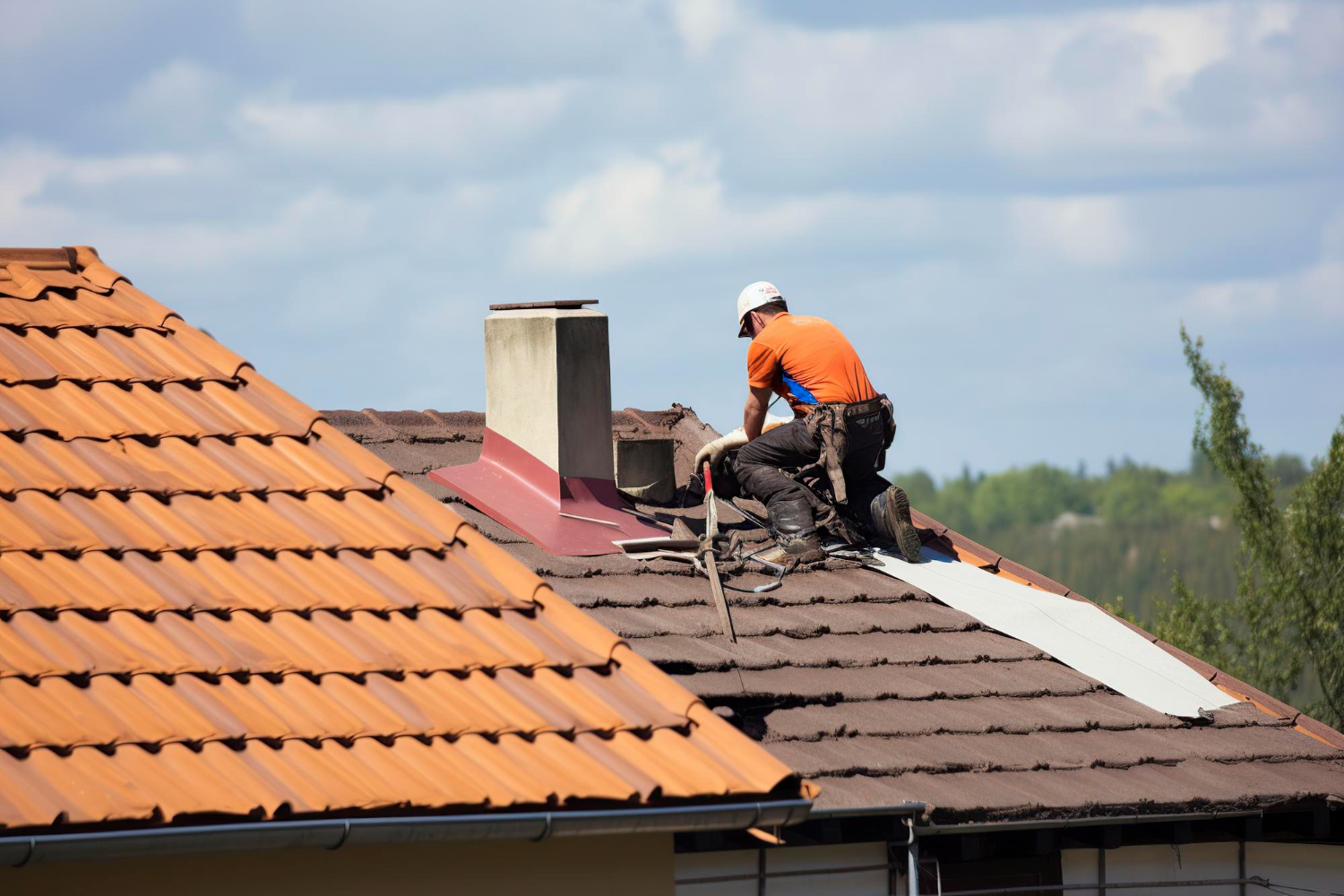Chimney Installation can be an important addition to your home, providing both practical and aesthetic advantages. From adding a fireplace, upgrading heating systems, or simply improving the overall ambiance of your space – adding one is key! However successful Chimney Installation takes more than choosing the model and hiring a contractor; many factors must be considered to ensure the safe, efficient, and long-term operation of the structure. If you are planning a chimney installation in Yonkers, NY here are 10 essential tips that will ensure its successful outcome:
1. Understand the Different Types of Chimneys
Not all chimneys are created equal, and selecting the appropriate style for your home is one of the most essential steps in this process. Chimneys come in various forms that offer distinct benefits according to your unique requirements.
- Masonry Chimneys: These classic brick-and-mortar chimneys have been around for centuries, offering durability and classic rustic styling, but can be more costly to install and maintain than their counterparts.
- Prefab Chimneys: Prefabricated chimneys are factory-built systems available in many designs and sizes that make installation quicker and simpler, often being less costly overall.
- Wood Stove Chimneys: Constructed specifically to accommodate wood-burning stoves in homes, these chimneys can handle the higher temperatures and byproducts created when burning wood.
Each type has its own set of advantages and disadvantages; selecting the most appropriate type will depend on your home’s layout, heating preferences, and budget. A professional installation service like Perfect Contractor Group can assist in finding an option tailored specifically to you and your budget

2. Choose the Right Location for Your Chimney
Location can have a major impact on both the efficiency and aesthetic value of your home. When selecting where to place a chimney, several key considerations must be taken into account:
- Proximity to Walls and Rooflines: For best results, your chimney should be installed in an area away from combustible materials such as wooden beams or roofing material that could ignite. Most building codes specify minimum clearance distance from such hazards.
- Ventilation and Drafts: For optimal draft performance, ensure proper airflow at your location to avoid problems like backdrafts. Ideally, place the chimney high enough above your roofline for hot air or gases to easily escape through it.
- Aesthetics: Your chimney should blend seamlessly into the exterior design of your home without blocking key views or landscaping features, particularly if opting for a masonry chimney that may serve as the centerpiece of your property.
Before beginning with a Chimney Installation project, be sure to work with a professional contractor who can assess the ideal location based on both functionality and aesthetics.
3. Follow Local Building Codes and Regulations
Chimney Installation requires compliance with local building codes and regulations in order to be safe and functional. Adherence to these codes ensures your chimney will be installed efficiently while remaining compliant with safety codes.
As each municipality varies in its regulations regarding chimney construction and usage, venting requirements, clearance from flammable materials and types of materials used can differ widely depending on where you live. Failing to abide by these codes can result in fines, safety hazards, and the need to redo your installation altogether if any codes are broken. It’s essential that an experienced contractor in Yonkers knows these specific regulations to ensure that your Chimney Installation meets all necessary criteria and meets them successfully.
4. Consider the Size and Capacity of Your Chimney
Your chimney size must correspond with the type of heating system in place, whether that’s a fireplace, wood stove, furnace, or something else entirely. Your chimney must be adequate enough to manage all the fumes produced from either of those sources.
An inadequate chimney for your heating system may result in poor draft, an increase in creosote build-up, carbon monoxide exposure, or other hazardous situations. Meanwhile, one that’s too large may create drafts that impede efficient functioning.
Professional providers of Chimney Installation will determine the appropriate size based on your heating requirements, the size, and layout of your home, as well as any appliances planned to use with it.
5. Select the Right Materials for Your Chimney
Materials used in your Chimney Installation play an integral role in its safety and lifespan, so choosing appropriate ones is crucial for its proper performance. Different materials possess various properties that need to be considered when selecting materials to use in this installation project.
- Brick and Mortar: Although classic brick chimneys provide timeless style, their construction can be expensive and maintenance requires regular inspection for cracks and wear; when managed properly they may last decades.
- Stainless Steel: Prefabricated stainless steel chimneys offer an updated alternative, known for their durability and corrosion-resistance. Furthermore, these chimneys can often be more cost-effective than their masonry counterparts and installed more quickly.
- Clay Tile: Some chimneys use clay tile liners, which are useful in increasing airflow and decreasing creosote buildup. However, they’re less durable than stainless steel options and may crack over time.
Selecting the ideal material requires expert guidance from a contractor, who can assess the needs of your home and offer expert guidance.

6. Ensure Proper Ventilation and Airflow
Proper ventilation and airflow are absolutely critical to the safe and efficient functioning of any chimney system. Inadequate airflow may result in dangerous chimney downdrafts, in which cold air or smoke is forced back into your house from outside causing smoke damage, carbon monoxide buildup, and other safety risks.
Proper ventilation of a chimney will allow smoke, gases, and heat to escape safely from your home, which not only ensures efficient heating system operation but also minimizes the risk of fire. A professional provider of Chimney Installation such as Perfect Contractor Group will evaluate your home before designing an airflow-enhancing system with reduced backdraft risk.
7. Schedule Regular Maintenance and Inspections
Your chimney should never be treated as a “set it and forget it” feature of your home; like any system, it requires ongoing care to operate safely and efficiently. As time passes, creosote build-up from wood combustion can accumulate within its interior walls and eventually lead to dangerous chimney fires.
Routine chimney inspection and cleaning with a certified chimney sweep is key to keeping your chimney in great condition and avoiding costly repairs or hazardous situations. Many chimney installers also provide maintenance plans – be sure to discuss this when getting your chimney installed!
8. Consider the Aesthetic Appeal
Functionality and safety should always come first during Chimney Installation; however, aesthetics shouldn’t be neglected either. A chimney can serve as an impressive focal point in your home and its design should complement its interior and exterior setting.
No matter if it’s a rustic brick chimney, sleek stainless steel, or custom-designed – make sure it enhances the beauty of your home and ask any contractors working on the project for design options that match up with your style preferences.
9. Invest in High-Quality Chimney Caps
Chimney Installation often overlooks the importance of installing a chimney cap at its highest point – often placed at the top of a chimney – for the various functions it serves. Chimney caps protect your chimney against rainwater intrusion as well as prevent potential fire hazards from entering it via leakage from below, keeping debris out and keeping drafts at bay.
- Preventing debris: Chimney protectors help prevent leaves, twigs, and animals from entering your chimney system.
- Water protection: These accessories help keep rain and snow out of your chimney, protecting against corrosion.
- Draft control: An effective chimney cap helps control the draft by controlling airflow through your chimney and is essential in improving its draft
Investing in a high-quality cap can extend its life and improve efficiency – just be sure to discuss options with your installer in order to select the most suitable option.

10. Choose an Experienced Contractor
The selection of an experienced contractor is of vital importance in order to guarantee safe Chimney Installation. Though there may be numerous contractors out there, not all possess the knowledge required to guarantee high-quality, safe installations.
Find a contractor with a longstanding, proven track record, who is licensed and insured, with experience in Chimney Installation in your region. Reading customer reviews, asking for references, and discussing your project thoroughly can all help identify the appropriate contractor for the task at hand.
Proper Chimney Installation goes beyond simply installing a structure – it requires selecting appropriate materials, installing it properly, and meeting safety regulations for an aesthetically pleasing addition to your home. From new installations or upgrades, following these 10 essential tips will ensure that your chimney installation in Yonkers, NY is successful, efficient, and long-term.





